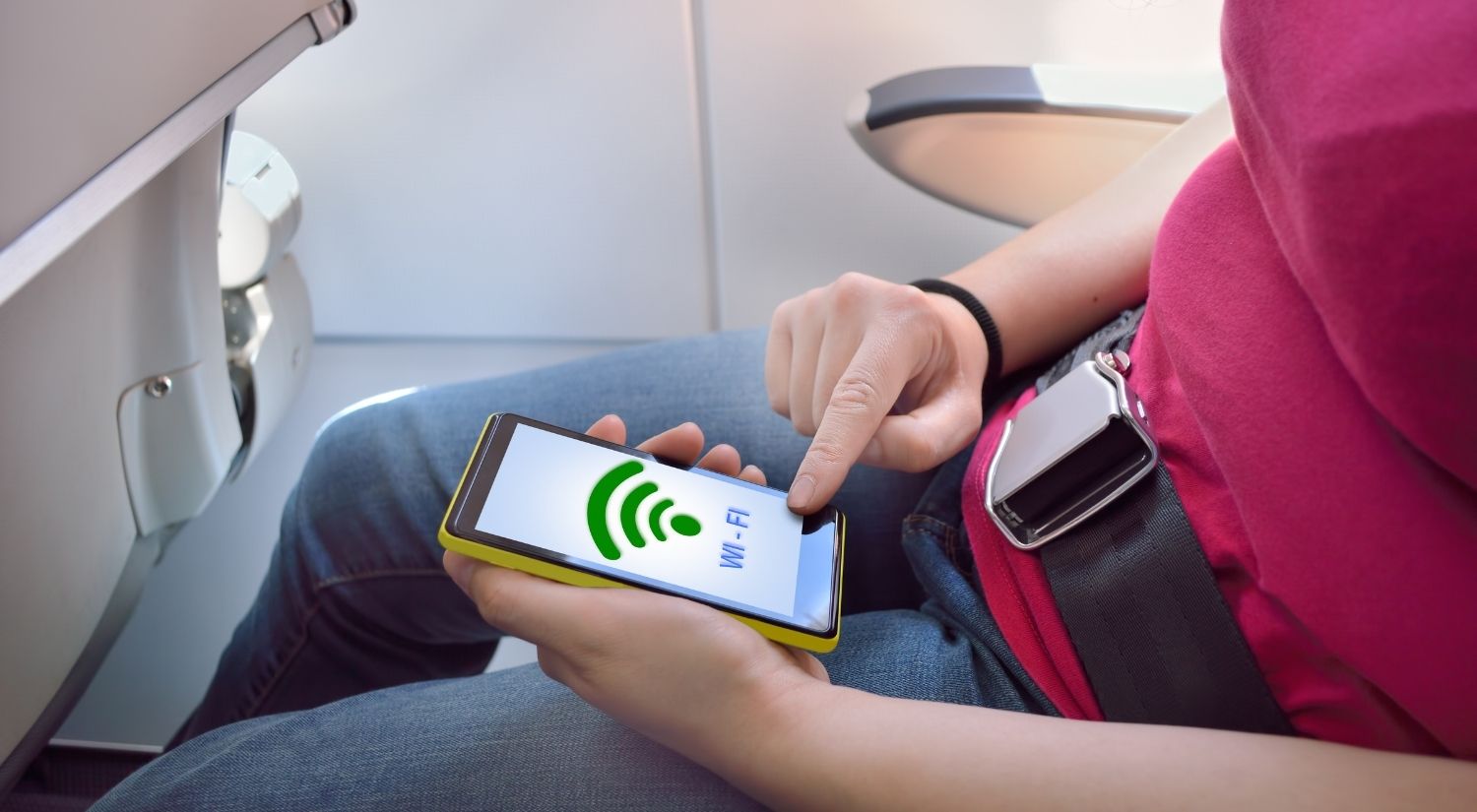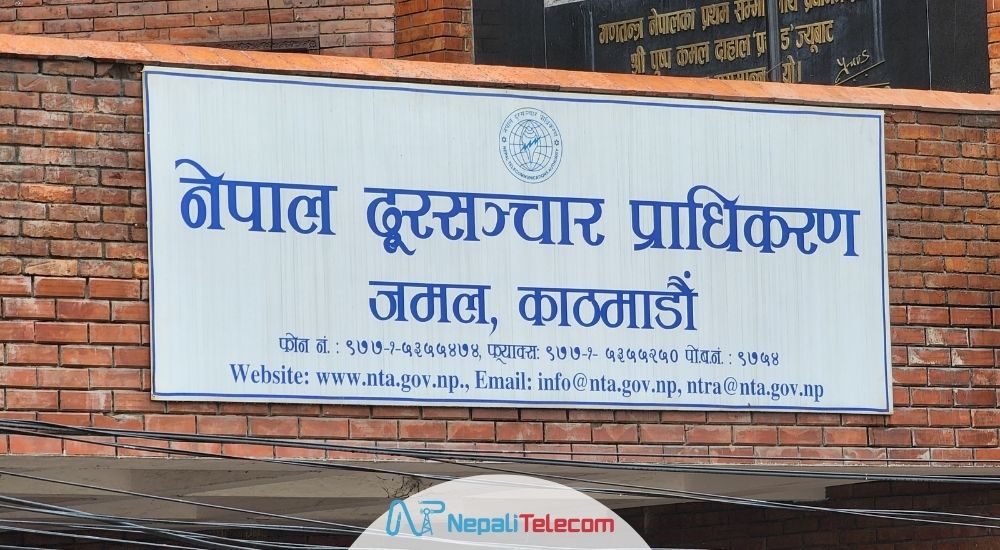NTA has approved two ISPs to provide in-flight internet service. Now, passengers on board will have access to mobile broadband above 10,000ft in Nepali sky.
NTA spokesperson Santosh Poudel had revealed plans to allow in-flight internet service back in April. After months of groundwork and revision, it has finally nodded two broadband providers to provide mobile internet facilities during flights. NTA has reported that it gave green signals to Thales Ink and Sita For Aircraft to provide the telecom service on international flights.
NTA confirmed that it had handed out an approval letter to both broadband providers back in April. Now they can afford in-flight internet service above in Nepali sky above 10,000ft.
Arriving at the landmark decision has taken time for NTA. It took part in the committee consisting of representatives from MoICT and Civil Aviation Authority and studied the prospect of in-flight internet at high altitudes for months. Now the regulatory body has confirmed their approval for it.
How Does In-Flight Internet Work?
In-flight WiFi works on two systems: Air to ground or Satellite. In the former, an antenna is set up at the bottom of the fuselage of an airplane that links with cell towers. When the airplane moves, it connects with the nearest available transmitter.
Using the WiFi, users can do anything they would on a regular home internet such as making calls, watching videos, or exchanging emails. In this type of setup, the plane acts like a WiFi hotspot connecting to the strongest transmitter.
On the other hand, satellite Wifi connects with orbiting satellites to set up a connection. The antenna is placed at the top of the fuselage. Just like on an AtG basis, the antenna reaches for the nearest satellite as it cruises in the air.
NTA Director said, the airplanes will get their internet via BTS satellites and that means the aircraft will acquire its internet from its country’s broadband provider, not Nepal’s. “This means Nepal allowing foreign ISPs to operate in our sky,” he further added.
Also read: In-flight WiFi on Airlines: Is it needed?
Foreign ISP, Foreign Aircrafts
“Since a foreign ISP will operate in a foreign sky, it requires permission from the concerned country’s authority,” he said. As internet service below 10000ft incurs the risk of interfering with radio signals between airplanes and its ground station. This is why broadband providers need to operate using frequencies above 10,000ft off the ground.
Airlines that have obtained permission from International Civil Aviation Organisation for telecom services will only be eligible for NTA’s approval.
With Sita For Aircraft and Thales Ink. getting their approval from NTA, Nepal has become only the third country in SAARC to allow in-flight internet after India, and Afghanistan.
Check out: NTA MDMS System to Curb Grey Phones
What do you think of NTA permitting in-flight telecom services to foreign airlines? How convenient is it to have internet access during flights? Let us know what you think in the comments below.













